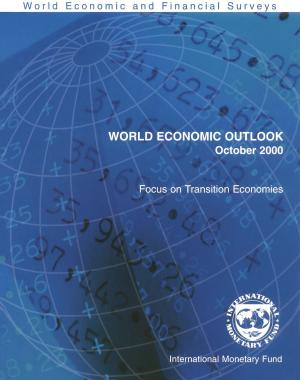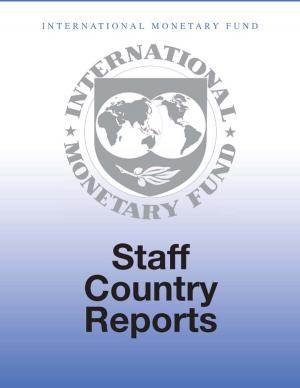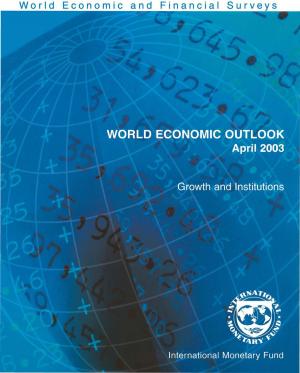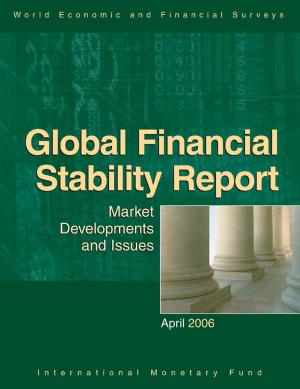Labor Market Performance in Transition: The Experience of Central and Eastern European Countries
Business & Finance, Economics, Public Finance, Finance & Investing, Banks & Banking, Macroeconomics| Author: | Philippe Mr. Egoumé-Bossogo, Jerald Mr. Schiff, Miho Ihara, Tetsuya Mr. Konuki, Kornélia Miss Krajnyák | ISBN: | 9781452783628 |
| Publisher: | INTERNATIONAL MONETARY FUND | Publication: | July 10, 2006 |
| Imprint: | INTERNATIONAL MONETARY FUND | Language: | English |
| Author: | Philippe Mr. Egoumé-Bossogo, Jerald Mr. Schiff, Miho Ihara, Tetsuya Mr. Konuki, Kornélia Miss Krajnyák |
| ISBN: | 9781452783628 |
| Publisher: | INTERNATIONAL MONETARY FUND |
| Publication: | July 10, 2006 |
| Imprint: | INTERNATIONAL MONETARY FUND |
| Language: | English |
More than a decade after the start of the transition process, unemployment rates remain in the double digits in a number of Central and Eastern European countries. That unemployment rates have failed to decline, even in countries experiencing good growth, is puzzling. In this paper the authors examine three interrelated questions: How has the transition from central planning to market economies affected labor market performance? How have labor market institutions and policies influenced developments? Why have regional differences in unemployment persisted? The authors take an eclectic methodological approach: construction of a new data set and a simple analytical model; econometric estimation; and case studies. They find that faster-performing countries have better unemployment records; that labor market policies have some, but not dominant, influence over labor market outcomes; that policies not typically viewed as labor market policies can nevertheless significantly affect labor markets; and that market processes cannot be relied on to eliminate regional differences in unemployment.
More than a decade after the start of the transition process, unemployment rates remain in the double digits in a number of Central and Eastern European countries. That unemployment rates have failed to decline, even in countries experiencing good growth, is puzzling. In this paper the authors examine three interrelated questions: How has the transition from central planning to market economies affected labor market performance? How have labor market institutions and policies influenced developments? Why have regional differences in unemployment persisted? The authors take an eclectic methodological approach: construction of a new data set and a simple analytical model; econometric estimation; and case studies. They find that faster-performing countries have better unemployment records; that labor market policies have some, but not dominant, influence over labor market outcomes; that policies not typically viewed as labor market policies can nevertheless significantly affect labor markets; and that market processes cannot be relied on to eliminate regional differences in unemployment.















